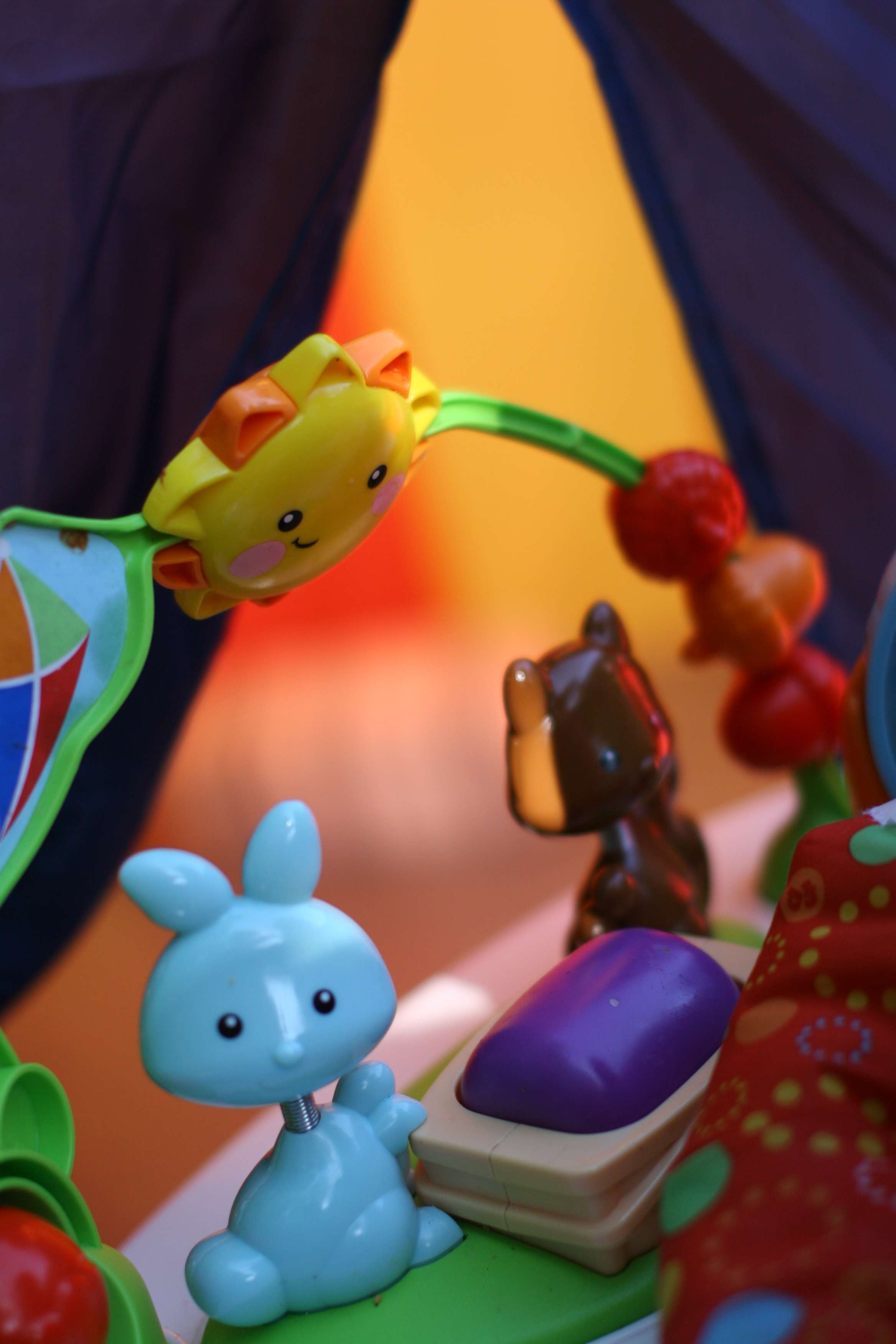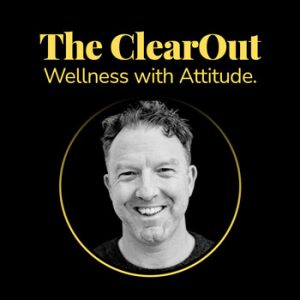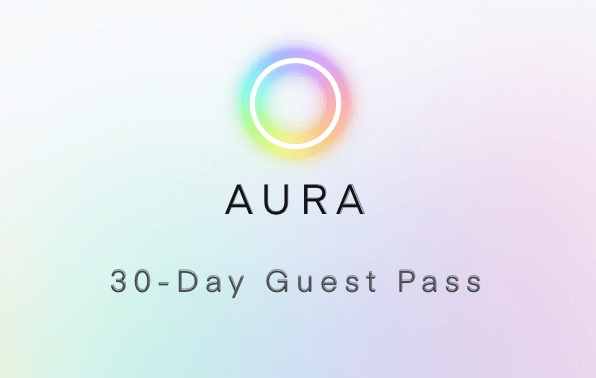Karate-do means The Way of the Empty Hand. The hand is empty because it is not holding anything. While this can be interpreted symbolically, it is rooted in historical necessity. The originators of karate were forbidden to bear arms so an unarmed style of fighting was developed to be a match for adversaries who did have weapons at their disposal. The empty hand is therefore deceptive. It says ‘look at me, I am a peaceful and simple hand. Do not fear me.’ But it also says ‘I don’t carry a sword because I don’t need to – my hands and feet are my swords and they have been tempered in the furnaces of self-discovery.’
Well, hopefully the hand says something like that because apart from sounding slightly bad-ass it would also suggest the possession of resources that are not otherwise apparent. Resources that are out of sight. Hidden. Sublimated. Instinctive. Resources that silently inform behaviour and outlook. Resources that inform will and determination. But what informs the resources?
This is the question I touched on at the end of a recent karate class. The obvious answer for any experienced karateka is ‘training, and lots of it’. There is no doubting the benefits of the rigorous and repetitive execution of basic karate techniques, not to mention kata (forms/patterns) and kumite (sparring), but karate has an inner life too. Our club’s annual gasshuku is about to happen and people’s resources are going to be tested to the limit. For the uninitiated, a Japanese gasshuku is in general a ‘summer camp’ but in a martial arts context it is anything from a couple of days to a week of intense physical and psychological training that is designed to push people beyond their limits and to reinforce the bonds of friendship and mutual endeavour between club members. Anticipating what we would all be facing in a fortnight’s time, I pointed out to the students that much of what they are shown by instructors amounts to no more than shapes and mechanics. Structures that are devoid of meaning until the practitioner finds a way to bring them to life. That life-giving power is not in the sensei’s gift. Each individual must find a way to make their karate meaningful. My exhortation was simple – “You must inhabit your karate with something that is meaningful to you.”
You might ask what any of that had to do with the tough training demands of a gasshuku. Well, if someone has an internal drive, a clear context in which to place themselves, I think they generally deal a lot better with what’s in front of them. The strength to get through several hours of high-tempo karate training is not sustained from the outside but from the inside. It comes from what each person draws on to get them over the line.
After that class I found myself reflecting on that idea of inhabiting a shape or a space. I was wondering about the spaces we all inhabit. When asked the question ‘where do you live?’ I think we all offer up the location of our house or flat or whatever. But do you ever think about that question in a more existential way? Perhaps you live in fear. Or anger. Or resentment. Most of us have a mode. A way of being. I think this more than anything else affects our decision-making. If you asked my wife what my mode was I think she would say ‘he fears change’ to which I would say ‘I like to know what I’m doing’ which is perhaps a euphemism for ‘control freak’. I don’t really think I am a control freak but I will admit that I have a very cautious side to my personality and I suppose caution is a close cousin of fear. My response to this arguable fear is what I think my real mode is – striving. I am ruled by striving for ever-greater fulfilment and for ever-deepening understanding. Of myself, of others, of life. My wife’s mode? Caring, I would say.
Caring and striving. Both ‘-ing’ words. Well, living is an active state. It’s supposed to be, isn’t it? Don’t we all know people to whom we could ascribe a way of being, people who are perpetually living in anger (hating) or in pain (hurting) or in positivity (loving) or in sadness (crying). And don’t we also know when a person really needs to move on? We know that they aren’t living in a good space. ‘They’re in a bad place right now.’ So we seem to allow for the possibility of a new place to live. The individual’s rise and fall, their own journey, takes them from one place to the next, from good to bad and on again. Which is very positive if it really is possible.
Can we actually change our basic mode in a substantive way? I believe that we can but then I am at heart an idealist (which would account for the striving. No belief – no strive!). Others swear that nature will not be altered. They will say nature insists on recidivism. The relapse. The fall. The inability to escape yourself. But we can put that in less negative terms – the inability not to be yourself. Because you are in essence a benign presence amongst the myriad wandering souls in the world. Seeking only life and wishing no harm to others. Two more action words there that speak to what moves most of us. What are you looking for? What do you want?
Those questions are answered by where we live. Where our head is at. What place we inhabit. And I think we can only identify that ‘where’ when the battle between nature and nurture is settled. And that is a battle between inside and outside. Our inner power versus external power. And of course one can effect the other for better or worse. I don’t believe we control nature or nurture, I think we respond to it. The responses we give are the shapes we make and they are how we are known to others. But don’t forget ‘inhabiting’ is an action word too. Your internal life is yours to take control of. So whether you are a listed building, a fixer-upper, a council house, a semi-d, a cottage or some swanky apartment, you’ve got options.
In karate we have several philosophical touchstones upon which we base our conduct and general attitude to training. The most literal of these are the dojo kun (principles of training) which are a reduction of many ideas to their core message. The first of these equally-weighted tenets (each of the five principles begins with “One!”) is in my opinion enough to get everything else in place. In other words if you grasp this one, everything else should follow:
“Hitotsu! Jinkaku Kansei ni Tsutomuru Koto!”
(One! To Strive For Perfection of Character!)
The exclamation marks correctly indicate that this is declared emphatically and out loud and its lesson lies at the heart of karate and indeed, any artistic and spiritual pursuit. There will never be perfection. There will never be an arrival. There can only be the willingness to persevere. And hopefully, learning will be your travelling companion.
Where do you live? What place do you inhabit? Are you ready to move?



